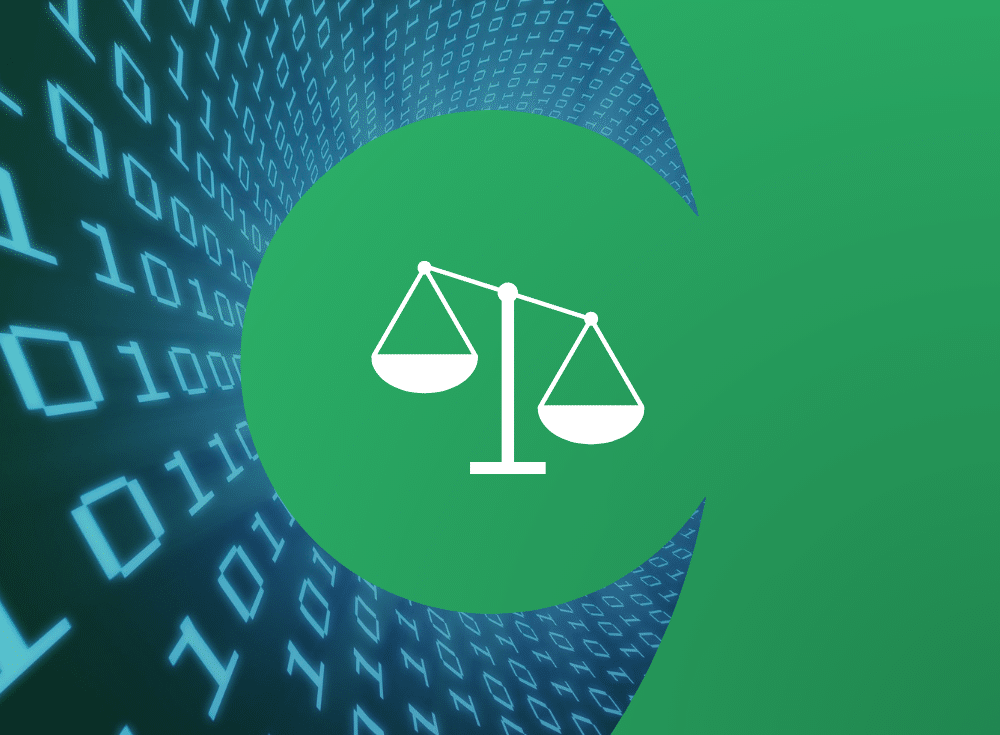
Chronosphere and Cribl have fundamental differences in how they approach their telemetry pipeline products. Learn why those differences are important.

On: Jun 10, 2024
Erik is a Customer Journey Strategist at Chronosphere which he joined with their acquisition of Calyptia. Before making the jump to tech startups, he worked in higher education. Data relaxes him, as does cooking and books. He currently resides in North Carolina, where he recently returned after a long time away.
If you have landed on this page, you are probably researching telemetry pipeline solutions to facilitate the collection, processing, and routing of telemetry data to multiple destinations. More specifically, you are probably wondering whether Cribl Stream or Chronosphere Telemetry Pipeline from the creators of Fluent Bit and Calyptia is a better solution.
Both Telemetry Pipeline and Stream excel at collecting, processing, and routing telemetry data.
However, Chronosphere and Cribl do take some fundamentally different approaches both to product development and the marketplace that may impact your decision. Below are three reasons that customers sometimes select Telemetry Pipeline over Cribl Stream.
It takes a lot of infrastructure to run Stream. A surprising amount actually. Cribl provides a sizing calculator that determines the infrastructure required to run Stream based on the amount of data processed. For 8 TB of daily throughput (4 TB in and 4 TB out) Cribl requires a total of twelve machines:
The cost for running the infrastructure alone? $18,950 per year (as of this writing). This figure does not include engineering salaries to support the infrastructure nor the Cribl licensing itself. We’ve actually heard from some users that their annual Cribl infrastructure costs exceeded their licensing.
To process that same amount of daily data through Chronosphere’s Telemetry Pipeline requires only a single server with 2 vCPUs and 8 GB of RAM, which would run $893 per year.
Cribl requires 12x the number of servers to process the same amount of data as Telemetry Pipeline. And you’ll pay over 20x to run that infrastructure compared to what you’d pay to run Telemetry Pipeline’s infrastructure.
Why does Telemetry Pipeline require so much less infrastructure than Stream to do the same work? In part, it’s because Telemetry Pipeline is built upon Fluent Bit, the Cloud Native Computing Foundation (CNCF) graduated open source project. Fluent Bit is a super fast, lightweight, and scalable collector, processor, and router for logs, metrics, and traces. With billions of downloads, Fluent Bit is the industry standard for collecting telemetry data from Kubernetes, and Fluent Bit is embedded in major Kubernetes distributions, including those from Google, Amazon, Oracle, IBM, and Microsoft.
Written in C and designed to be highly performant with a small resource footprint, Fluent Bit delivers 20x the performance per CPU core compared to Stream’s NodeJS architecture.
With Fluent Bit at the core of Telemetry Pipeline, customers get the benefits of open source together with the product support, innovation, and expertise that can only come from a leading technology company like Chronosphere.
Telemetry Pipeline is a native Kubernetes application (i.e., Kubernetes Operator). As a result, it takes full advantage of Kubernetes to provide:
Customers who are already utilizing Kubernetes will immediately understand the advantages and operational efficiencies that being Kubernetes native brings to a telemetry pipeline, with scalability and reliability at the top of the list.
Download the Gartner report “Innovation Insight: Telemetry Pipelines Elevate the Handling of Operational Data” to learn more about how organizations are using telemetry pipelines to control their data from source to destination.
You’ll also learn:
Now Available: Chronosphere Tackles Log Data Management Costs & Complexity with launch of Telemetry Pipeline and Observability Log Controls
Request a demo for an in depth walk through of the platform!